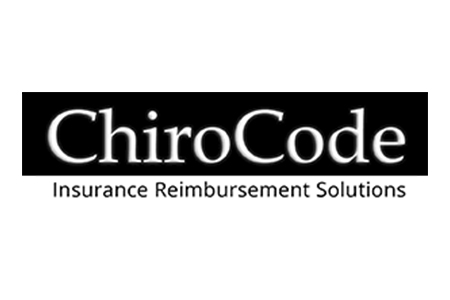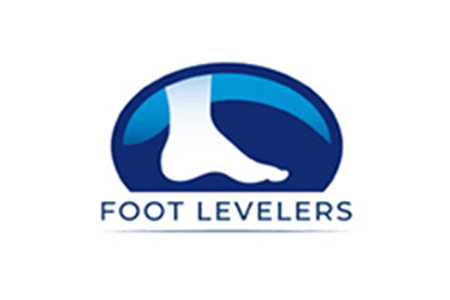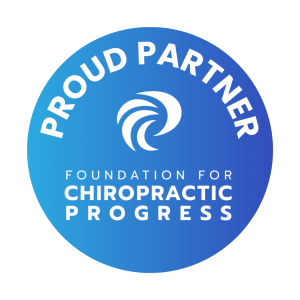Welcome to the Unified VCA!
The Unified Virginia Chiropractic Association is dedicated to helping Doctors of Chiropractic deliver exceptional care to increase public health and well-being. It is committed to representing, protecting, and advancing the rights and interests of DCs and their patients in the commonwealth. Whether you are a chiropractor, individual seeking or exploring chiropractic care, another healthcare provider, legislator, supplier, media, or anyone else, we hope you find this website valuable.
Login
Find-A-Doc
Events
Classifieds
Questions
Mark Your Calendar
Important News

The Suppliers Supporting You
Find the products and services you need from vendors supporting your practice and your state.
Why Join?
Membership has meaning and value, especially in today’s ever-changing healthcare arena.
What's Happening

No Results Found
The page you requested could not be found. Try refining your search, or use the navigation above to locate the post.
Thank you to our Affinity Partners!











Click on logo to visit company website.
Testimonials
“As a new graduate, I often times feel like one of the hardest parts is simply is finding the information and VCA makes this process a lot less scary.”
Dr. J Ely
“UVCA membership is like a universal hug.”
Dr. S Marquina
“I have had nothing but outstanding service from the VCA. I will continue to be a member for as long as I practice.”
Dr. C McKinley
“I love the unified association. Thanks for joining us together and for leading us down thge path of inclusion. When I chat with chiros from other states, I am prouds of what we have done here.”
Dr. H Moriarty
“I can’t imagine why any chiropractor in Virginia would not take advantage of being a member. UVCA just helped me collect $20K thazt I was never going to see otherwise.”
Dr. A Wilding
“I love having a place where I can go to get answers to questions and also learn from other’s questions. This site alone is priceless!”


